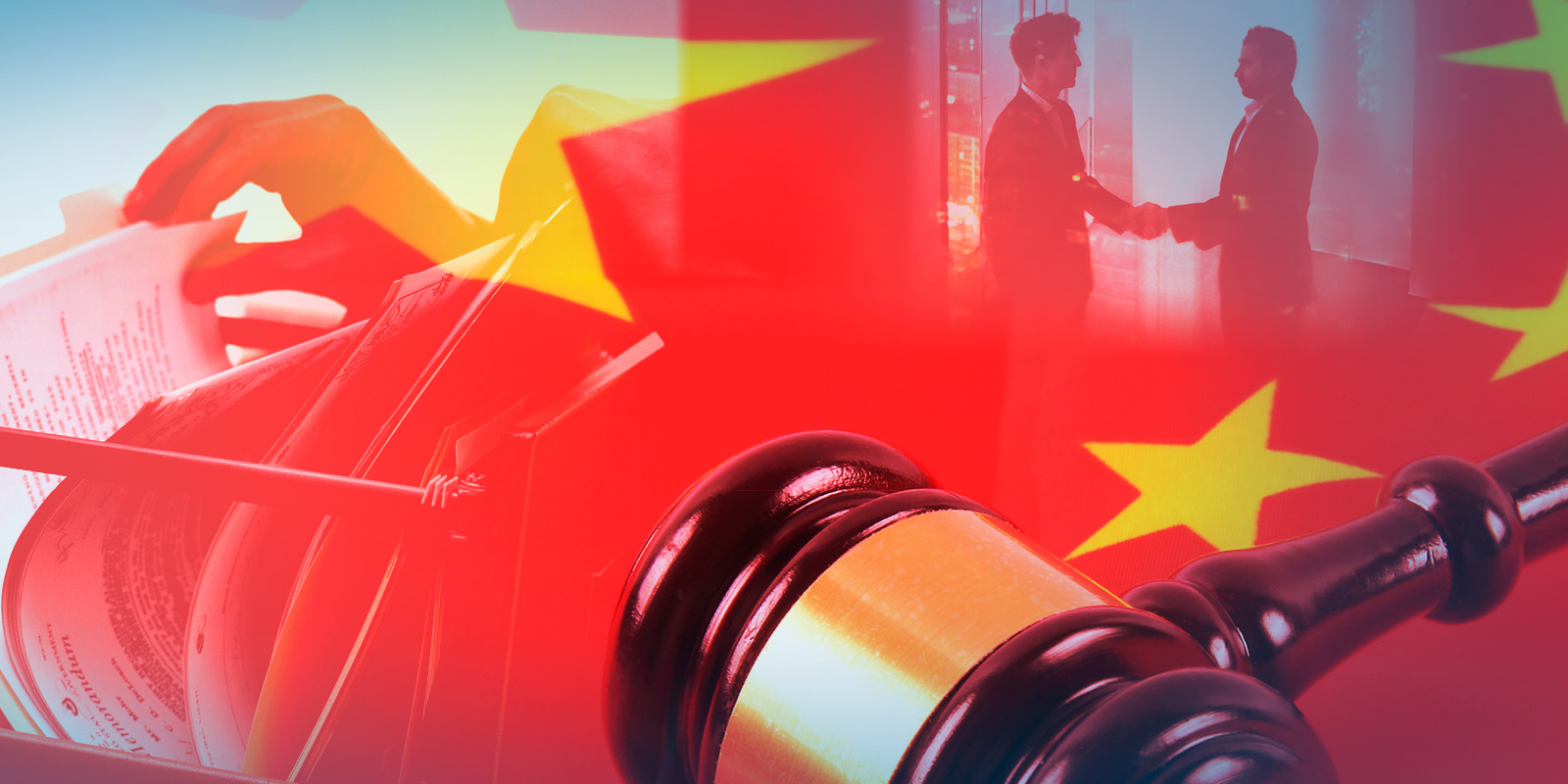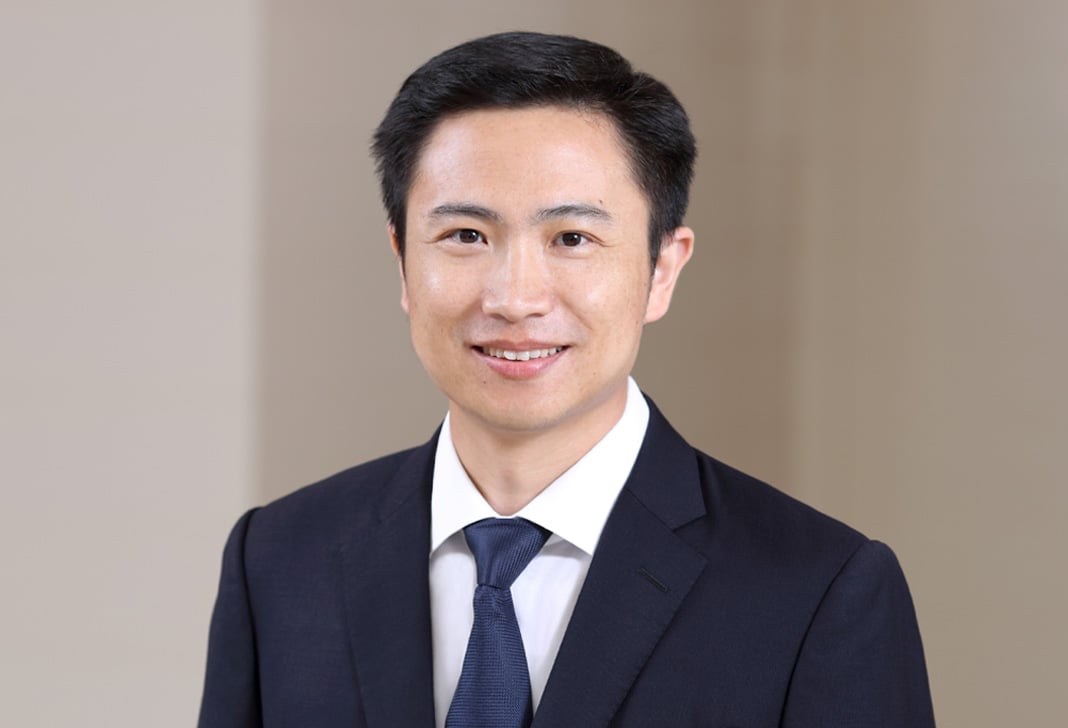
Recent Changes to China's Trade Secret Protection Laws Ease the Challenge of Bringing Such Cases
In Short
The Situation: China's legislature has recently eased the challenge of prosecuting trade secret misappropriation cases in that country.
The Result: As recently amended, Chinese law now follows some case law developments in Chinese courts: by shifting to defendants the burden of disproving misappropriation after the plaintiff has established a prima facie case of access and substantial similarity.
Looking Ahead: This shift puts innovators and employers on a more level playing field when pursuing their trade secret rights in Chinese courts.
Trade secret claims have traditionally been challenging to mount in China. Chinese law generally gives the plaintiff the full burden of proof for all elements of every civil claim. Given the lack of a right of plaintiffs to conduct case-strengthening discovery, and strict rules against evidence collection by private parties, it has generally not been easy to bring trade secret misappropriation infringers to justice in China.
In particular, among other elements, plaintiffs in Chinese trade secret cases were, until recently, required to prove how the defendant misappropriated the subject trade secrets (i.e., by improperly accessing them in a company's database, or forwarding them by email to a competitor, etc.) Given the difficulty of pinpointing that misconduct, let alone gathering evidence of it, many trade secret claims foundered on this requirement.
For example, in Guangzhou Hetai Automobile Sales Co., Ltd. v. Lingjie and Guangzhou Qiyue Trading Co., Ltd. ((2015) Yue Zhi Fa Shang Min Zhong Zi No. 331), an automotive dealer sued one of its former managers after he left to a similarly situated competitor. The plaintiff alleged that the defendant misappropriated trade secrets in the form of sales contracts between plaintiff and car manufacturers, incentive policies to manufacturers, customer lists, pricing models, and detailed corporate operation strategies. The court dismissed these claims and held that even if the plaintiff proved that these materials were trade secrets, the plaintiff still did not establish the particulars of defendant's misappropriation, i.e., how the defendant transferred the materials from the plaintiff to the competitor firm.
The Chinese judiciary, legal community, and legislature have long realized this problem in trade secret misappropriation cases. In response, they have resolved to use a burden-shifting framework for a fairer treatment of plaintiffs and defendants. This framework, rather than requiring the plaintiff to allege the particulars of a misappropriation, allows the plaintiff to establish a prima facie case of the defendant's access to the subject trade secrets and the similarity between what the defendant is now using or exhibiting and those subject trade secrets. Once that case is made, the burden shifts to the defendant to prove the independent and legitimate origin of the subject trade secrets.
For example:
- In Jiangsu Tengxuan Technology Co., Ltd. v. Ma Lianzhong, Sun Zhiwei, and Changzhou Baoxuan Mechanics Technology Co., Ltd. (2014), the plaintiff, a product originator, claimed misappropriation against two of its former employees after their new employer began selling substantially similar products. The court found that plaintiff established a prima facie case that the defendants did not rebut through a showing of independent development.
- Similarly, in Shenzhen Mairui Biopharmaceutical and Electronics Co., Ltd. v. Shenzhen Libang Precision Instrument Co., Ltd. (2014), the plaintiff established a prima facie case that the defendants (the plaintiff's ex-employees) had access to a secret electrocardiography algorithm that was substantially similar to an algorithm being used at the defendants' new company. The court recognized that the probability of the defendants obtaining the trade secrets from the plaintiff was very high, and it could be presumed that the defendant had taken illegal actions to misappropriate the trade secrets. The court held that the defendants had the burden of establishing their new company's independent development of that algorithm, which they failed to meet.
- In Henan Zhonglianreke Industrial Energy Saving Co., Ltd. v. Henan Jiude Smart Devices Co., Ltd. and Gou (2019), the plaintiff alleged that the defendant, an ex-employee, used its trade secrets, in the form of customer lists, at a new employer. The court found that: (i) the defendant's new employer used confidential customer information that was substantially the same as that in the customer lists of the plaintiff; (ii) the defendant had access to the confidential customer information during his employment with the plaintiff; and (iii) there was no evidence proving the legitimate sources of the confidential information.
China's legislature has now codified this framework into the Anti-Unfair Competition Law. This change may substantially improve the prospects for future trade secret cases.
Article 32 of the law provides that "where the trade secrets owner provides prima facie evidence that he has taken measures to protect the confidentiality of the claimed trade secrets and that the trade secrets have been infringed, the alleged infringer must prove that the trade secrets claimed by the owner do not constitute trade secrets." Article 32 further provides that such prima facie evidence may take the form of:
- Evidence showing that the alleged infringer had access to the trade secrets or had an opportunity to obtain the trade secrets and that the information used is substantially the same as the trade secrets; and
- Evidence showing that the trade secrets have been disclosed or used, or are at risk of being disclosed or used by the alleged infringer.
These changes may make the difference for employers and innovators in deciding whether to bring a trade secret misappropriation case in China. For all such potential plaintiffs, they should carefully consider whether Chinese legal remedies are another important tool for protecting their valuable secrets in China.
Luke Song, Albert Wang, Jiahui Sheng, and Jennifer Lin assisted in the preparation of this Commentary.
Three Key Takeaways
- In the past, it has been challenging to bring trade secret misappropriation infringers to justice in China.
- Recent case law demonstrates a move toward a burden-shifting framework that requires a defendant to prove the independent and legitimate origin of trade secrets rather than requiring the plaintiff to allege the particulars of a misappropriation.
- China's legislature has now codified this framework into the Anti-Unfair Competition Law, which may substantially improve the prospects for future trade secret cases.



